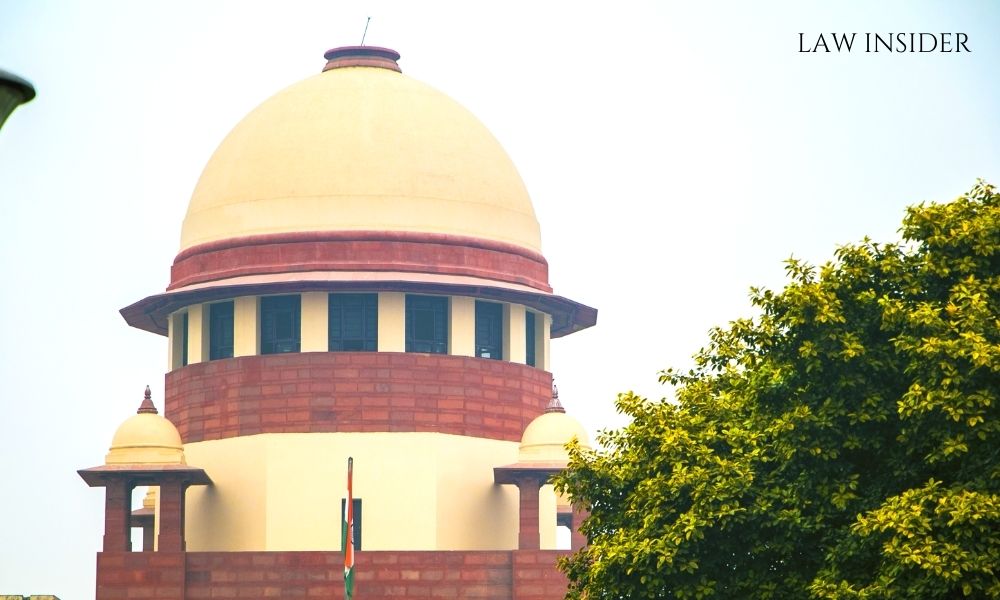LI Network
Published on: January 5, 2024 at 18:08 IST
Emphasizing the significance of maintaining judicial discipline, the Supreme Court, in its recent ruling underscored the binding nature of a coordinate Bench’s decision within the same High Court.
The Court highlighted the adherence to prior judgments as essential for certainty and consistency in judicial decisions, ensuring predictability in the consequences of actions.
“The rule of ‘Judicial Discipline and Propriety’ and the Doctrine of precedents has a merit of promoting certainty and consistency in judicial decisions providing assurance to individuals as to the consequences of their actions.”
The Court clarified that while a Bench is obliged to respect and adhere to a decision made by a coordinate Bench, a co-equal quorum Bench has the right to take a different view and refer the matter to a larger bench if necessary.
Justices Vikram Nath and Rajesh Bindal made these remarks while adjudicating a civil appeal involving an appellant, Mary Pushpam, who filed a suit in 1995 for possession and injunction against respondents based on a prior dismissed suit in 1976.
During the proceedings of the second suit, the respondents argued that the earlier suit was only against constructions made by the appellant and not the entire property.
The Trial Court decreed the suit concerning the portion with the house property and dismissed the rest. However, the High Court initially ruled in favor of the appellants but later reinstated the Trial Court’s decree in the second appeal, leading the matter to the Supreme Court.
The Supreme Court highlighted that the High Court’s initial judgment in the first suit explicitly referred to the property as comprising 8 cents of land, making any differing interpretation tantamount to judicial indiscipline.
Additionally, the Court touched upon the doctrine of merger, affirming that judgments from the previous round of litigation were absorbed into the High Court’s earlier decision. It emphasized that lower courts should not contradict higher courts’ decisions, citing that the Trial Court and the High Court, in the subsequent litigation, violated this discipline.
Consequently, the Court allowed the appeal and set aside the impugned judgment, underscoring the necessity of adherence to prior judicial decisions for the sake of judicial discipline.

